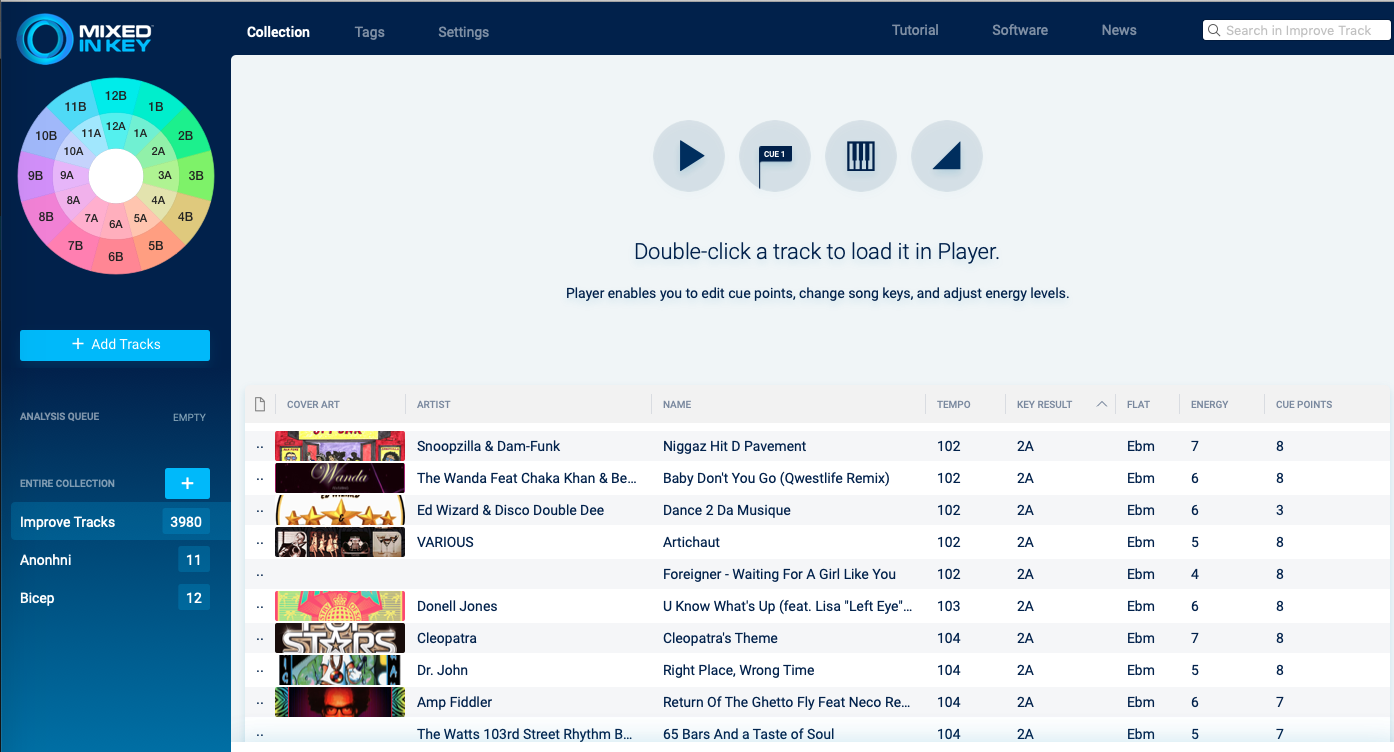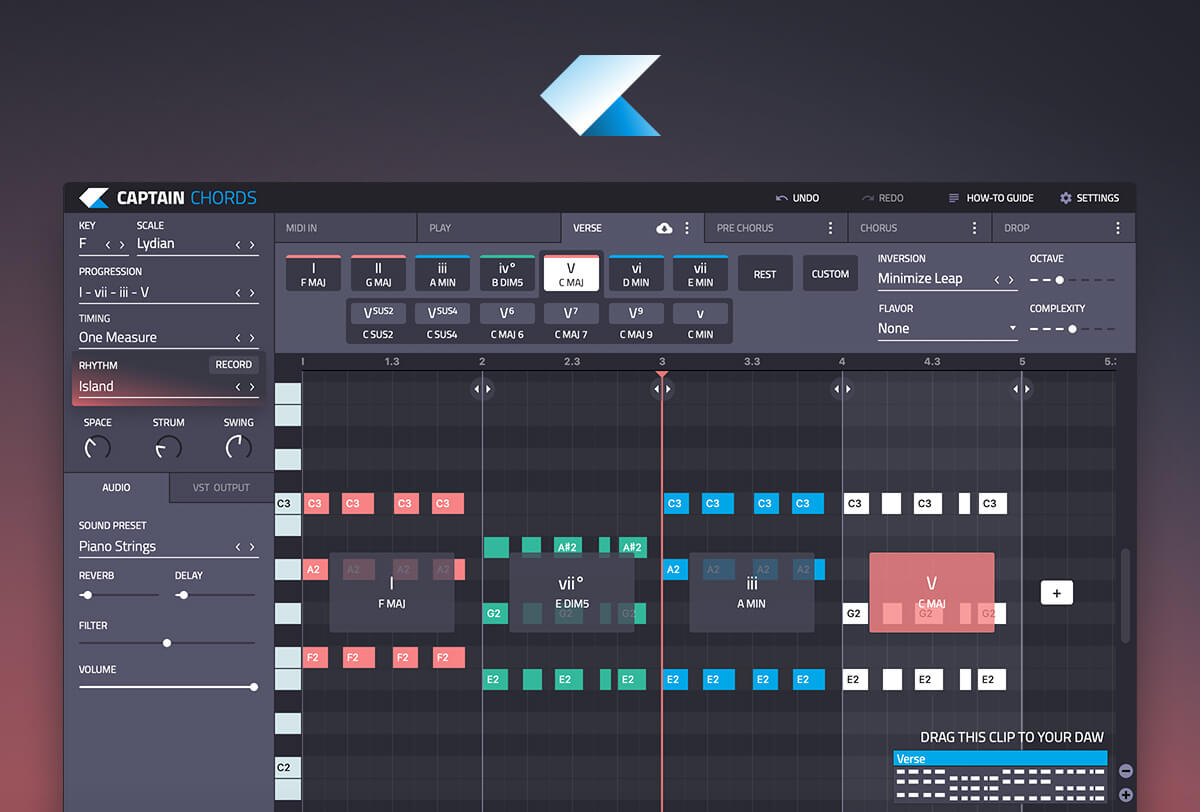How to Remix

Remixing is the process of taking different parts, or ‘stems’ of a song and mixing them again in your own way. Since the days of Tom Moulton manually cutting up Disco tapes in the 70s, remixing has become a mainstream staple of Dance Music culture.
It’s not uncommon for remixes to be even more popular than the original track – take 4Hero’s legendary remix of Nuyorican Soul’s Black Gold Of The Sun, for example, or The XX’s magnificent take on Florence and the Machine’s cover of You Got The Love.
In fact, if you’re seeking inspiration, you could do worse than digest NME’s list of 50 Greatest Ever Remixes.
In the mix

photo by Gavin Whitner
Remixes vary from faithful reproductions of the original, with subtle tweaks, structure changes or volume alterations to enhance certain aspects, to totally deconstructed affairs, almost unrecognizable from the original.
They are an excellent opportunity to try out new techniques and new plugins, and a great way to learn from professionals.
Simply being able to see how an artist has arranged their track can be a real eye-opener.
Remixes offer a route to increased exposure, and can make for devastating dancefloor weapons. Giving people a little of what they know, in the form of a popular track, and taking it somewhere different can be thrilling.
Write Chords Faster with Captain Chords
- Use Captain Plugins to write your own Chord Progressions, Hooks, Melodies and Basslines
- Export to your DAW
- Available on Mac and Windows.
Here’s our guide to creating a killer remix:
But before you start…
… there are some crucial questions you should be asking yourself:
Have you picked the RIGHT song? Does it genuinely excite you? Simply plumping for the hottest ‘track du jour’ can be a recipe for frustration and unfinished work.
What makes it stand out? Are there any parts you particularly dig? Are there any bits you find yourself skipping or losing interest in?
What do you want from your mix? Are you trying to ape a particular genre or artist?
Be honest with yourself, formulate a game-plan and listen to some examples of music you aspire to make.
PRO TIP
The best artists listen to as much music as possible.
It may be tempting to think great artists make great music simply because they have ‘the gift’… while of course they are also phenomenally talented, I guarantee they listen to more music than the average producer too.
I also guarantee they listen to a wider range of music. Even if you only want to make an ultra-niche brand of neuro-tech-minimal-house, your music will be better if you listen to more music
Use Mixed in Key to establish the key of the original track

Mixed In Key is the industry-standard when it comes to key detection. This is vital in approaching a remix. If you know what key it’s in, you can make informed choices about adding additional notes and/or samples
The sum is greater than the Parts
You’ve established its root key, you know where you want to take your remix, you’ve fired up your DAW of choice… now what?
Naturally, the first thing you’ll need is the stems, or parts, of the original song.
There are plenty of websites offering users the chance to remix tracks by up and coming or established artists – Metapop is one such site.
Artists themselves often run remix competitions, and many sites such as Beatport offer Stems for sale, to be used either in DJ sets or the studio.
Of course, you may have been commissioned by an artist directly, in which case they will send you the relevant stems.
The format can vary from 50+ channels of individual instruments, percussion and SFX, to an ultra-basic Drums, Bass, Melody, Vocals package. Regardless of the complexity of the ensemble, you’ll need to know what BPM the track is and what Key it’s in. You’ll also want to use WAV, AIFF or other lossless file formats – MP3s, even at 320kbps, aren’t ideal.
Remixes can be as faithful or destructive with the original as the remixer chooses, so don’t be afraid to change the tempo or the track – just make sure you warp the stems individually first.
PRO TIP
Make sure your stems are at the same Sample Rate as your DAW project. Most DAWs will automatically convert them, but if things sound too fast or too slow, check the Sample Rates in your DAW Preferences panel.
 A remix can be as straightforward as simply taking the original stems and re-balancing them to suit your tastes.
A remix can be as straightforward as simply taking the original stems and re-balancing them to suit your tastes.
Since mixing styles have changed over the years, often dictated by the speaker technology of the day, this is particularly useful when remixing older songs.
Today, drums and bass are generally emphasised more than they were in the 60s and 70s. This makes sense when you consider that today’s nightclub speakers can reproduce far greater bass frequencies.
Artists such as The Reflex are experts at remixing classic songs and making them perfect for modern reproduction, only rarely adding new parts to the song.
Check out his take on Stevie Wonder’s classic ‘I Wish’ – it takes an exceptional ear and a deep understanding of your tools to nail such a simple-seeming technique so perfectly – don’t be fooled into thinking it’s an easy option!
Captain Plugins helps you write advanced chord progressions and melodies faster

Once you know which key you’re working in, you can start adding additional instrumentation to your remix. Captain Plugins lets you set the key, and then offers you intelligently selected chords, rhythms, timings and notes to allow ultra-fast, ultra-creative musical experimentation.
Try Captain Plugins today!
Melody Maker
Most remixers also add their own sounds to the track – an obvious way to make it unique.
Since you know what Key your song is in, you can start fooling around with melodies within that key.
PRO TIP
Many producers find writing melodies on a simple piano patch is a good way of ensuring the melody fundamentally works in the track. Some synth sounds can mask bum notes and key clashes so you might find starting with piano, and then auditioning new synth sounds is a foolproof way to ensure tonal perfection.
Whatever sounds and melodies you add, make sure they work with the original, not against it. Less is often more! Another tip is to use the add/subtract formula – only add new melodies if you take away a sound in the same frequency range first. Of course, rules are made to be broken, but try to avoid a cluttered mix.

Structurally sound
Great remixes need great structures – particularly true if you’re making Dance Music.
A good starting point is to identify the original structure. Color-code each section in your DAW. Then try cutting and pasting sections into a structure that suits your vision.
Generally speaking, Dance Music runs like this:
Dance music song structure
-
Intro: An intro is typically a multiple of 16 beats in length, and often introduces a new instrument or sound every 32 beats. Some intros open with drums and gradually add layers of instruments. A buildup or other aural cue lets you know it’s over.
-
Verse: In songs with lyrics, each verse is usually different from the next. The verse sets up the theme of the song and builds a natural progression to the chorus.
-
Chorus: This contains the main message or theme of the song. It’s built around a melodic “hook” and is the most catchy and energetic part of the song.
-
Breakdown: This is a transition from the end of the chorus to the beginning of the next part of the song. Dance tracks tend not to include percussion during the breakdown.
-
Verse 2: Most songs contain a second verse with different lyrics.
-
Chorus 2: Usually, the second chorus repeats the first chorus.
-
Bridge: This is an optional transitional section near the end of a song, most often in pop music. A bridge will occur only once, and musically and lyrically it’s different from the rest of the song.
-
Chorus 3: Some tracks will repeat the chorus a third time.
-
Outro: This is the closing segment, where the song fades or breaks down to simple beats. It’s most likely the same length as the intro.
PRO TIP
Use Colour-coding within your DAW’s Project Window to mark out your structure. A different colour for each section can save a lot of hassle down the line!
Get creative
Take this opportunity to consider which parts of the original would make great candidates for the various segments of your mix. Perhaps there’s an awesome little synth line you could loop and filter? Or maybe there’s a vocal line that you’d like to hear more of… try cutting and pasting it in new spaces in the track. Be as creative as you like, and don’t be afraid to chop things really short – looping is a great way to build tension.
PRO TIP
A remix doesn’t need to follow the same structure as the original.
Drumming up business
The vast majority of remixes completely revamp the drums, even if faithful to most other parts of the original.
You want to make the mix your own, without cluttering an already fully-composed song. Plus, you like the original, so don’t throw the baby out with the bathwater.
The drums, however, are fair game… many producers don’t even load them up in their project to start with!
Choose a drum palette that you love – whether from sample packs, records you dig, or live recordings. Make sure that you’ve got a range of options for Kick, Snare, Clap, Hi-Hats, Cymbals and Percussion.
Create a basic beat that suits the style of your remix, and loop it throughout your carefully crafted structure.
You’ll want to bring in new patterns, add and remove sounds and make plenty of space for your builds and breakdowns as you go.
PRO TIP
It may seem obvious, but drums actually need to be in tune with the rest of the song. Traditionally this is done by ear. Solo each drum with the main melody or bassline and pitch the drum until it sounds ‘just right’. Great training for your ears!
You can automate the tuning process if you have an EQ that provides notation information, such as Waves H-EQ. When playing the drum in question through the EQ, watch for where the main spike occurs, and simply follow that down to the keyboard below, where you’ll see it matched to a root note. This technique is particularly useful when layering drums together.
Plug-in Playground
A great way to invigorate your stems is to play around with FX, filters, Delays, Reverbs and so on.
Using them in combination or on their own, there’s an almost limitless array of ways to manipulate sound at your fingertips. DAWs like Ableton and Logic have exceptional plugins as standard, so anyone can create beautiful soundscapes – all you need is imagination, creativity and a little patience!

Write your own tracks using Captain Plugins
It’s super easy to create your own ideas from scratch. Visit the official Captain Plugins homepage and see how it will help you explore music and write your own original productions.

